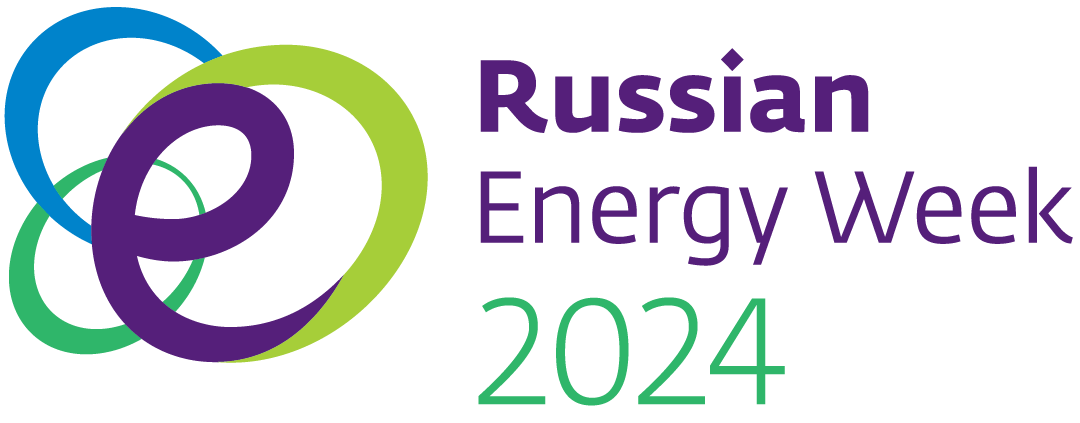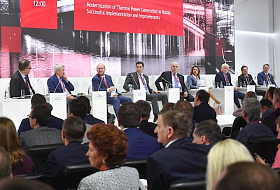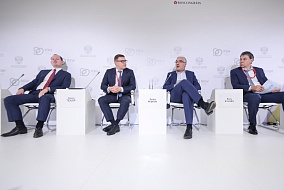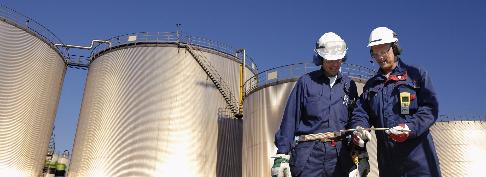Low-Carbon Energy Around the World: Crisis as a Time of Opportunity
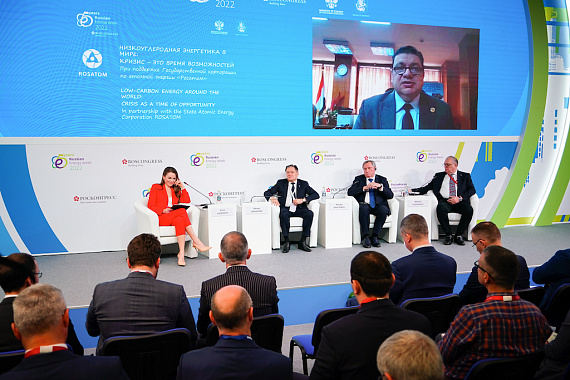
Key conclusions
The emission reduction target for Russia and the European Union remains unchanged, with decarbonisation taking into account the carbon footprint across the entire generation life cycle
“The goal is to reduce greenhouse gas emissions and achieve carbon neutrality. No one has cancelled the target, no country, including Russia, has yet declared that it is withdrawing from the Paris Agreement. The goal remains, but the ways of achieving it are different today, based on, among other things, the situation in the world today. We have adopted a low-carbon development strategy. True, we have not yet adopted an implementation plan for this strategy, but that is a good thing because now there is an opportunity to make some adjustments to this plan,” Nikolay Shulginov, Minister of Energy of the Russian Federation.
“Probably, I would say that we do not need carbon energy, but a nature conservation energy, including both minimization of emissions themselves and reduction of direct impact on the nature. All of them have such impact. Wind power generation has a very serious impact in terms of vibrations transmitted to the soil, hydro power plants have a huge manmade water space created and, of course, nuclear facilities with their centenary period of use,” Alexey Likhachev, Director General, State Atomic Energy Corporation ROSATOM.
Problems
Instability of alternative energy sources. The need to improve energy balance
“Most importantly, there is no great alternative if we are talking about carbon-free energy. Take hydropower plants. Where they could be built, they have already been built. There are problems with drought, with climate change – we are seeing it. . In Brazil, in the second largest hydroelectric power plant, in many countries of Latin America there is such a problem with hydroelectric power plants. There is the same problem with wind and solar. Take December of last year, when there was no wind for a fortnight in Northern Europe, and the price [of kWh, – Ed.] jumped instantly. They cannot be dispatched. They have a small ICUF [installed capacity utilization factor, – Ed.]. They occupy huge areas. They need inverters, and they need to charge the batteries,” Mikhail Chudakov, Deputy Director General, Head of the Department of Nuclear Energy, International Atomic Energy Agency (IAEA).
“Today, we have one of the best energy mixes of low-carbon generation. Renewables and hydropower account for about 39%, with 47% being gas generation, whose emissions are also quite low. But then we have to understand that moving towards neutrality is not only the development of low-carbon sources, it is also other activities related to technological development. This includes decommissioning of obsolete equipment, development of carbon capture systems, burial of carbon dioxide, and so on,” Nikolay Shulginov, Minister of Energy of the Russian Federation.
“Hydropower is among our main ones. Of course, our country is not very sunny, especially its central part, the northern territories, and there are only a few comfort zones for large wind farms – all of it needs to be balanced. As for modern gas-fired thermal power generation technologies to reduce CO2 emissions, why should we neglect them? We have large reserves of natural gas and good technologies for improving the environmental parameters of heat generation. In this sense, with a strategic long-term approach, we need to level these balances,” Alexey Likhachev, Director General, State Atomic Energy Corporation ROSATOM.
Solutions
Use of nuclear power, which combines stability of generation and low cost
“Everyone is leaning towards nuclear power, where kWh, if taken over a lifetime, will be the cheapest, comparable to hydro. For the last two years we have seen a steady increase in the forecast [of nuclear power build-up, – Ed.] until 2050. This year, there is a 10% increase compared to 2021. After Fukushima there was no such growth. There was either stabilization or a decline. It means that we are seeing an increased interest in nuclear power,” Mikhail Chudakov, Deputy Director General, Head of the Department of Nuclear Energy, International Atomic Energy Agency (IAEA).
For more information, visit the Roscongress Foundation’s Information and Analytical System roscongress.org and the official Forum website rusenergyweek.com.
